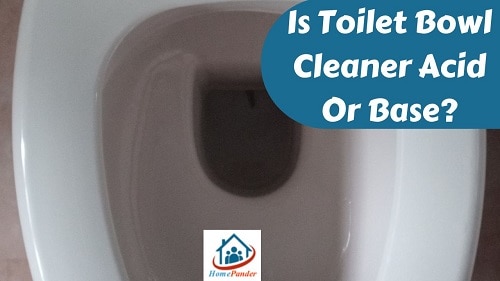Toilet problems can be incredibly frustrating, especially if you’re dealing with a toilet that won’t stop running. Not only is it annoying to listen to, but it can also lead to a lot of wasted water and increased utility bills.
Fortunately, fixing a running toilet is usually a fairly simple process that you can do yourself with a few basic tools and some know-how. In this article, we’ll walk you through the steps of how to fix a toilet that won’t stop running.
Understanding Why Your Toilet Won’t Stop Running

Before you can fix your running toilet, it’s important to understand why it’s happening in the first place. There are a few different things that can cause a toilet to run continuously, including:
- A problem with the fill valve
- A problem with the flapper
- A problem with the chain
- A problem with the water supply line
- A problem with the flush lever
Once you’ve identified the problem, you can move forward with fixing it.
Shutting off the Water Supply
The first step in fixing a running toilet is to shut off the water supply. Locate the shut-off valve, which is usually located behind the toilet. Turn the valve clockwise until the water flow is completely shut off.
Inspecting the Fill Valve
The fill valve is responsible for refilling the toilet tank after a flush. If the fill valve is faulty, it can cause the toilet to run continuously.
To inspect the fill valve, remove the tank lid and look for a small, cylindrical device in the center of the tank. This is the fill valve. Check for any cracks, leaks, or other signs of damage.
Adjusting the Fill Valve
If the fill valve is intact but not functioning properly, you may be able to adjust it to fix the problem. To do this, turn the adjustment screw on top of the valve to adjust the water level in the tank.
Replacing the Fill Valve
If the fill valve is damaged beyond repair or cannot be adjusted, you will need to replace it. Turn off the water supply and flush the toilet to drain the tank. Unscrew the fill valve from the bottom of the tank and replace it with a new one.
Checking the Flapper
The flapper is the rubber or plastic device that covers the flush valve at the bottom of the tank. If the flapper is damaged or not sealing properly, it can cause the toilet to run continuously.
To check the flapper, flush the toilet and observe the flapper as it closes. Look for any signs of damage or wear.
Adjusting or Replacing the Flapper
If the flapper is intact but not sealing properly, you may be able to adjust it to fix the problem. To do this, adjust the chain that connects the flapper to the flush lever so that there is no slack. If the flapper is damaged or worn, you will need to replace it.
Checking the Chain
The chain that connects the flush lever to the flapper can sometimes become tangled or too loose, preventing the flapper from sealing properly. Check the chain to ensure that it is properly attached and has enough slack to allow the flapper to fully close.
Adjusting or Replacing the Chain
If the chain is too long, it can become tangled or caught on other components in the toilet tank. Adjust the chain so that there is just enough slack to allow the flapper to close fully. If the chain is damaged or too short, you will need to replace it.
Cleaning the Toilet Tank
Over time, sediment and debris can accumulate in the toilet tank, causing problems with the fill valve, flapper, and other components.
To clean the tank, turn off the water supply and flush the toilet to drain the tank. Use a scrub brush and some mild cleaner to clean the inside of the tank thoroughly.
Turning the Water Supply Back On
After you’ve made any necessary repairs or adjustments, turn the water supply back on and let the tank refill. Check for any leaks or other issues as the tank refills.
Testing Your Toilet
Once the tank is refilled, flush the toilet to test it. Check to make sure that the toilet fills properly and that there are no leaks or other issues.
Tips to Prevent Future Toilet Issues
To prevent future issues with your toilet, there are a few things you can do:
- Regularly clean the toilet tank and bowl to prevent buildup of sediment and debris.
- Avoid using harsh chemicals or cleaners in the toilet tank, as these can damage the components.
- Use a high-quality flapper and fill valve to reduce the likelihood of future problems.
- Check your toilet regularly for any signs of leaks or other issues.
In Conclusion
A running toilet can be a frustrating and wasteful problem, but fortunately, it’s usually a simple fix that you can do yourself.
By following the steps outlined in this article, you can identify the cause of the problem and make any necessary repairs or adjustments. Remember to take precautions when working with plumbing and always turn off the water supply before beginning any repairs.




![How to Remove Crystallized Urine [Explained]](https://homepander.com/wp-content/uploads/2022/02/How-To-Remove-Crystallized-Urine.jpg)






![How To Clean Dark Grout That Has Turned White [5 Easy Ways]](https://homepander.com/wp-content/uploads/2021/12/How-To-Clean-Dark-Grout-That-Has-Turned-White.webp)